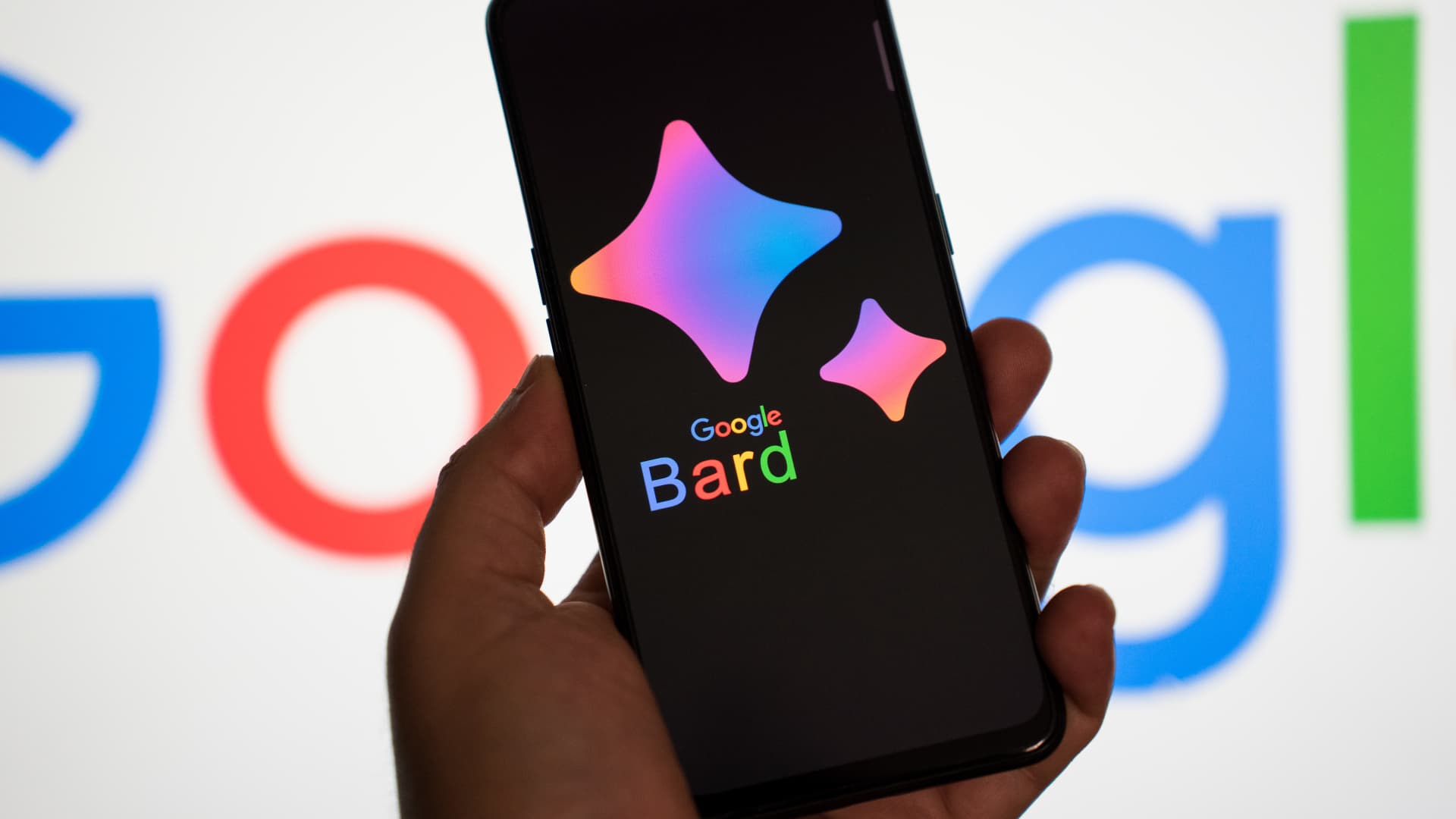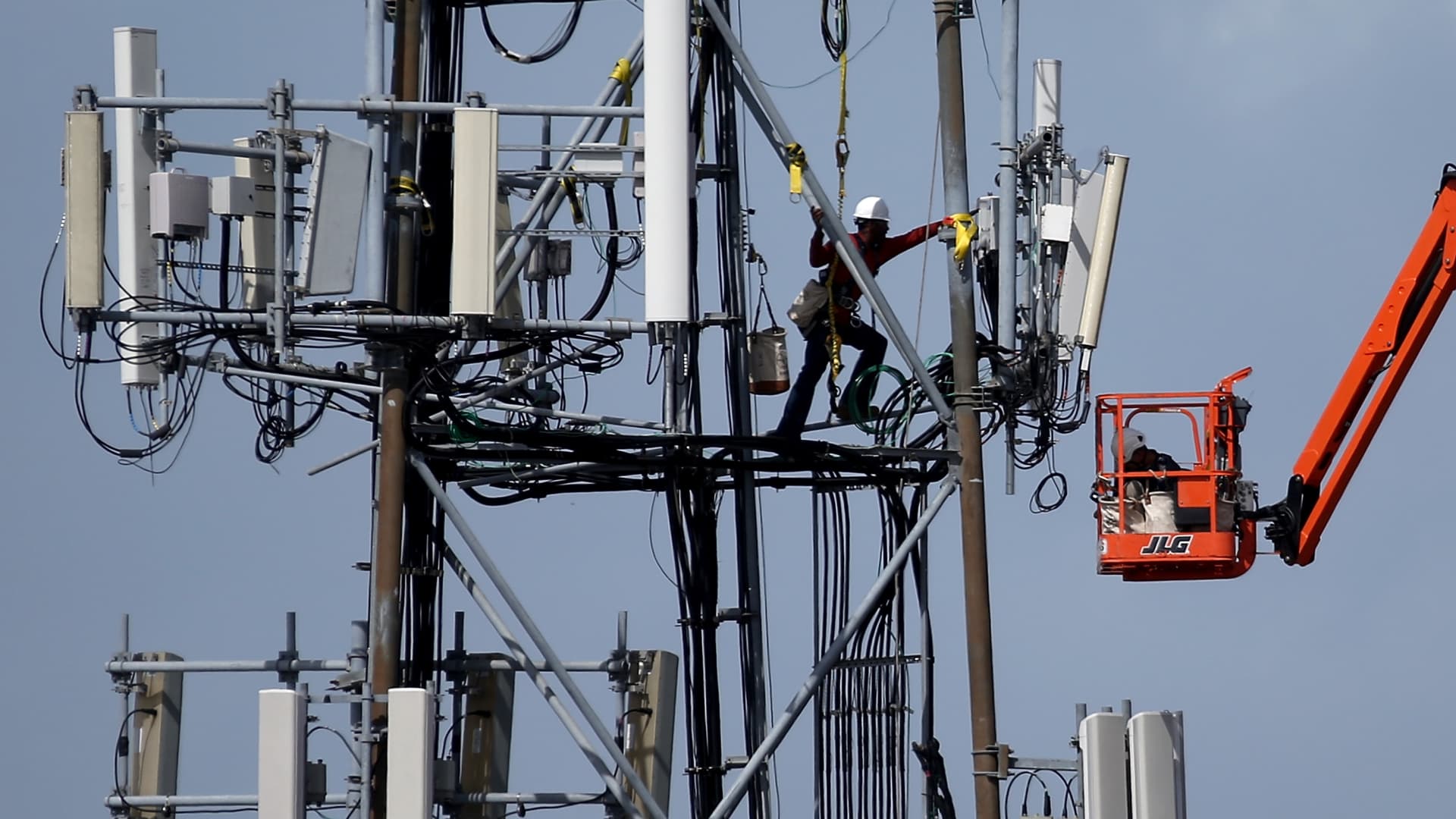
A hand holding a smartphone with the Google Bard logo is seen, in front of a computer screen showing Google’s logo.
Nikos Pekiaridis | Nurphoto | Getty Images
Google is adding new features to its chatbot Bard as it tries to stay ahead of rapidly improving competition from Microsoft-backed OpenAI, Anthropic, and others in the white-hot generative AI space.
The search giant debuted its ChatGPT competitor to the public in March, starting with tests in the U.S. and the U.K. Since then, the company announced new updates at its annual developer conference Google I/O in May. OpenAI’s ChatGPT also announced new features in May, including launching the ChatGPT app for iOS and integrating voice prompts.
Here are a few of the updates Google launched Thursday:
- Analysis of images: Bard will now have image capabilities, which the company announced as a Google Lens feature at Google IO in May. Users will be able to upload an image and ask Bard for information about an image or ask it to make a caption based on the image, the company’s blog post states. The feature is only available in the English language.
- Different styles of responses: The company says Bard users can now change the tone and style of Bard’s responses to five different options: simple, long, short, professional or casual. The company gives the example of asking Bard to help you write a marketplace listing for a vintage armchair, and then shorten the response. This feature is live in English and will expand to new languages soon, it says.
- Read responses: Users can use audio to listen to Bard’s responses, which the company says is helpful for users who want to hear the correct pronunciation of a word or listen to a poem or script. This feature works in over 40 languages, the company stated.
- More languages and regions: The company said people can use Bard in over 40 languages, including Arabic, Chinese, German, Hindi and Spanish. It’s also available now in Europe, which was reportedly delayed due to The Irish Data Protection Commission voicing privacy concerns. “We’ve proactively engaged with experts, policymakers and privacy regulators on this expansion,” the company said in its Thursday blog post.







